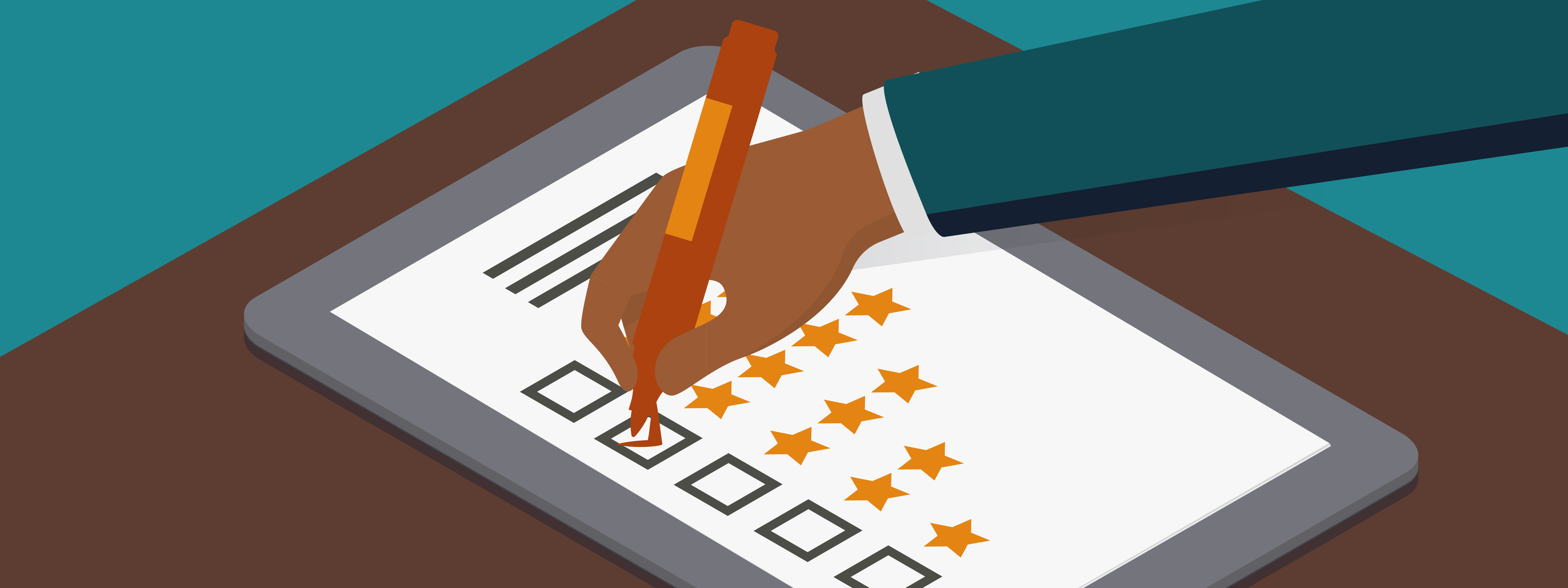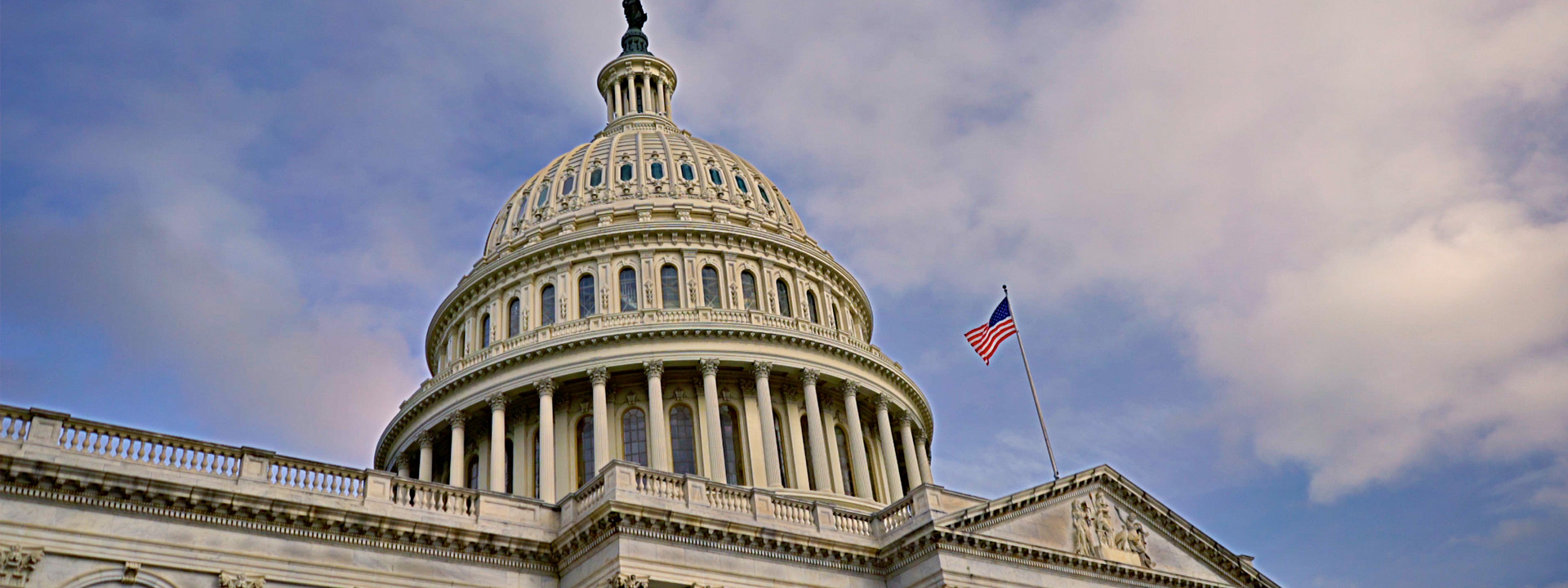With interoperability in healthcare, the glass is either half full or half empty. Optimism on one hand; pessimism on the other. The participants in this MedCity webinar generally see the glass as half full, and that’s because efforts to measure interoperability suggest real, tangible progress.
In a 2019 survey of U.S. healthcare leaders, interoperability gaps were the second most-cited barrier to value-based care, just behind a lack of resources. These gaps often hamper care coordination, which costs our healthcare system upwards of $78.2 billion every year.
But despite these challenges, it’s possible—today—to seamlessly communicate and bridge information gaps when coordinating care. By participating in the Surescripts Network Alliance, healthcare organizations can get more complete patient care histories, which enable more informed conversations and decisions that boost outcomes and tamp down costs.
We’ve been talking about interoperability for years. Is the glass half full or half empty?
In a recent MedCity News webinar, Epic Systems founder and CEO Judy Faulkner said that the glass is half full—for large health systems, that is, which generally have plenty of interoperability. “But if you’re a rural hospital, serving the underserved, or a small post-acute nursing home or long-term care facility, the glass is half empty. And we must figure out what to do.”
A. Jay Holmgren, an assistant professor of medicine at the University of California, San Francisco, echoed Faulkner’s thoughts: “You need talented data engineers and informaticians to be an interoperable healthcare system. It’s just a fact of life. And that might be easy in San Francisco, with its wealth of IT talent, but it’s difficult for rural health systems to find that kind of talent.”
That’s why we need to measure interoperability, Holmgren said.
How did the pandemic spotlight the need for interoperability?
Mary Grealy, President of the Healthcare Leadership Council, said the pandemic highlighted the importance of interoperability among healthcare professionals and patients, and provided real-world lessons and examples for policymakers about the need for interoperability.
Surescripts CEO Tom Skelton said that we need to act on those lessons and examples.
“We need a sense of urgency,” Skelton said. “We should be proud of the progress we’ve made, but we must continue to make progress. The American public deserves this.”
Does the industry deserve more credit for its progress?
“We get very strong feedback on our work in the prescribing workflow, and with benefits and eligibility,” Skelton said. “But the discussion immediately spins to, ‘Okay, what’s next?’ Other industries may think that healthcare hasn’t kept up, and it’s up to us to refute that, by meeting the needs of the patient.”
Holmgren offered a real-world example that supports Skelton’s comment about meeting patient needs. Several years ago, Holmgren’s father was treated for cancer at two different hospitals. All the faxing was a pain, Holmgren said. Today, these hospitals are on Epic, and have Care Everywhere. “The process was a lot smoother,” Holmgren said about a more recent experience with these hospitals. “It saved me a lot of time on the phone or fax machine.”
Interoperability has made a big impact on Holmgren’s personal life. “I’m really enthusiastic about how much progress we’ve made.”
Closing Information Gaps
- Surescripts delivered 23.6 billion medication histories in 2021, including 35.95 million medication histories for populations.
- In 2021, more than 197,000 clinicians used Record Locator & Exchange to quickly see where patients had received care and locate medical records from different care settings and EHRs, which was a 44% increase over 2020.
- Specialty Medications Gateway transactions more than tripled in 2021. This solution automatically gathered data from 22 million clinical documents to help specialty pharmacies get the information needed to fill prescriptions.
- Nearly 900,000 individuals and organizations—including more than 23,000 pharmacies—used Clinical Direct Messaging for secure, HIPAA-compliant exchange of protected health information in 2021, generating 143.9 million transactions.
Browse through our 2021 National Progress Report to learn more.
As Skelton explained, we’ve digitized information and made it available to patients, prescribers and pharmacists to inform care decisions. And we’ve made the process more efficient and user-friendly for the patient.
“The glass is half full,” Skelton said. “I’m very excited about the progress we’ve all made as an industry.”


 Dean Riggott Photography
Surescripts
Dean Riggott Photography
Surescripts







